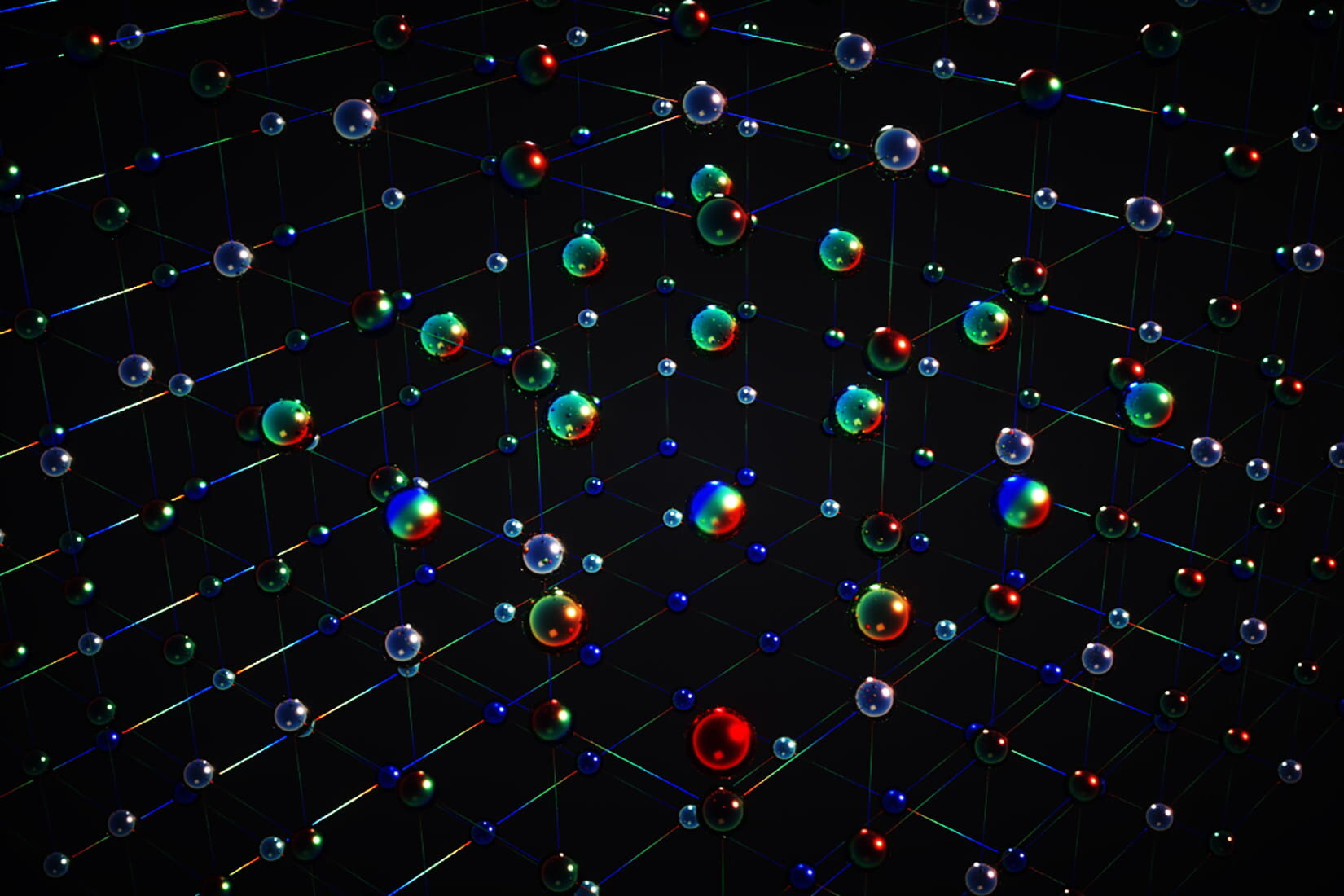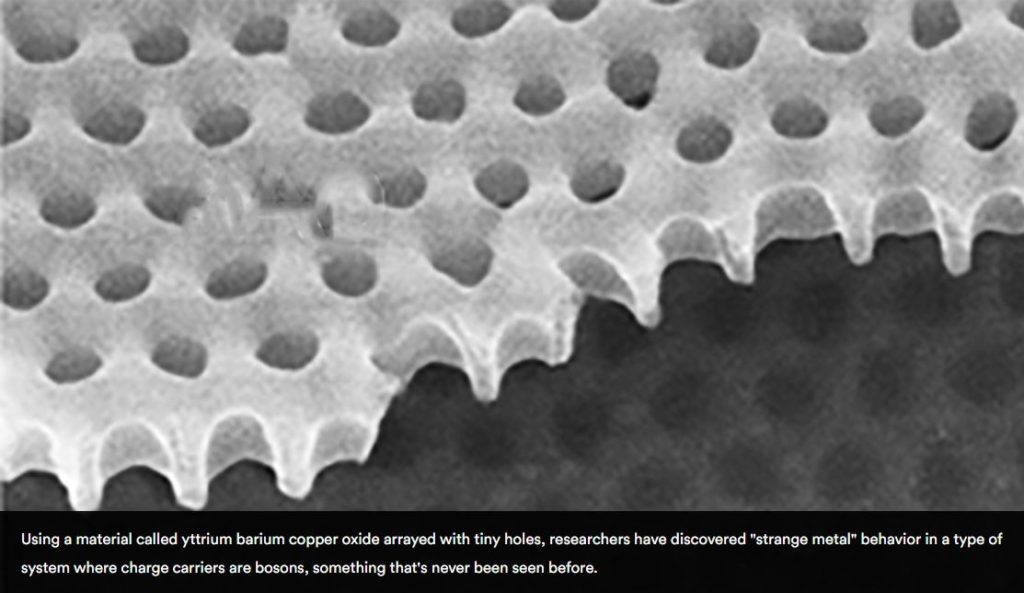
Universe’s coldest fermions open portal to high-symmetry quantum realm. Japanese and U.S. physicists have used atoms about 3 billion times colder than interstellar space to open a portal to an unexplored realm of quantum magnetism.
“Unless an alien civilization is doing experiments like these right now, anytime this experiment is running at Kyoto University it is making the coldest fermions in the universe,” said Rice University’s Kaden Hazzard, corresponding theory author of a studypublished today in Nature Physics. “Fermions are not rare particles. They include things like electrons and are one of two types of particles that all matter is made of.”
A Kyoto team led by study author Yoshiro Takahashi used lasers to cool its fermions, atoms of ytterbium, within about one-billiont...
Read More








Recent Comments